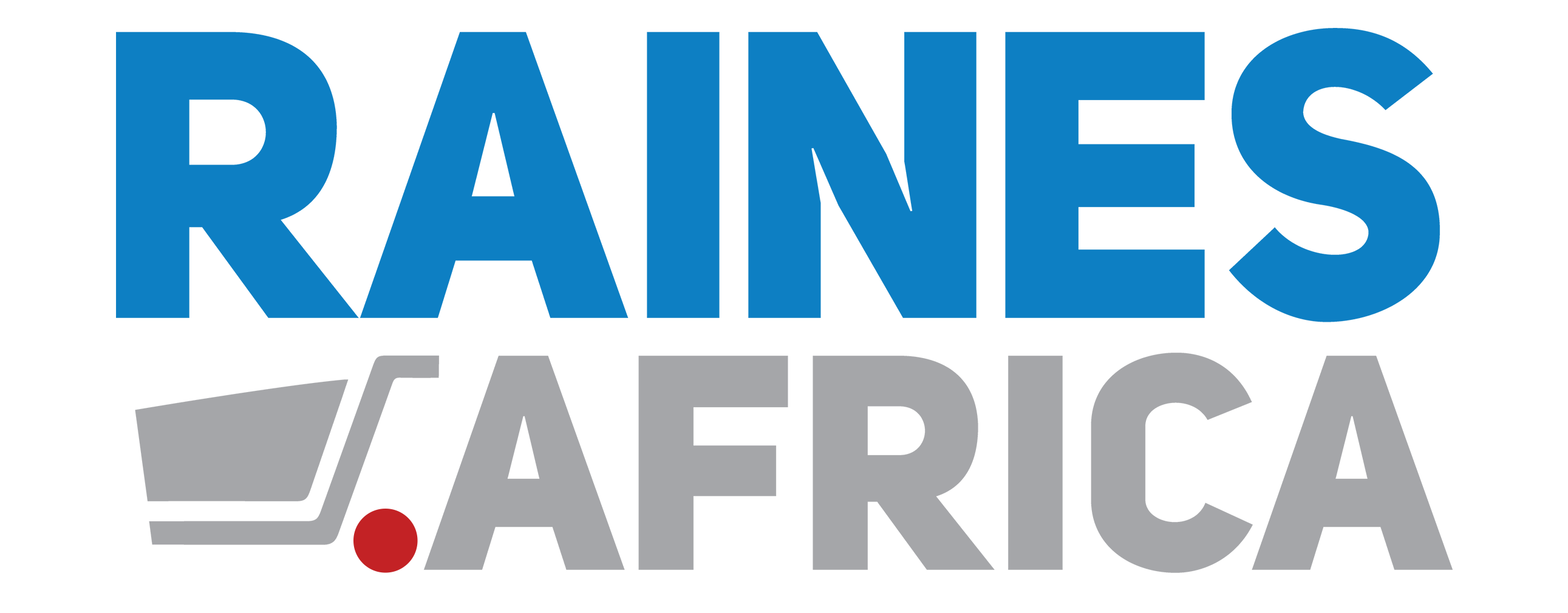Material: Saw blades can be made from various materials, each suitable for different cutting applications. Common materials include high-speed steel (HSS), carbide-tipped (TCT), diamond-tipped, and bi-metal. Carbide-tipped blades are known for their durability and long lifespan, while diamond-tipped blades are used for cutting hard materials like ceramics and stone.
Teeth Configuration: The teeth configuration of a saw blade determines its cutting characteristics. Blades can have different tooth counts (number of teeth), tooth shapes (e.g., flat top, alternate top bevel), and tooth angles (e.g., positive rake angle for aggressive cutting, negative rake angle for smoother cuts). The tooth configuration is chosen based on the material being cut and the desired finish.
Kerf: The kerf refers to the width of the cut made by the saw blade. Thin-kerf blades remove less material and produce narrower cuts, resulting in less waste and reduced power consumption. Wide-kerf blades are more robust and suitable for heavy-duty cutting tasks.
Arbor Size: The arbor size of a saw blade refers to the diameter of the hole in the center of the blade that fits onto the saw’s arbor shaft. It’s essential to choose a blade with the correct arbor size to ensure compatibility with your saw.
Diameter: Circular saw blades are typically classified by their diameter, which determines the size of the cut they can make. Common diameters range from 4 inches (10.16 centimeters) for small handheld saws to 12 inches (30.48 centimeters) or more for larger stationary saws.
Expansion Slots: Expansion slots, also known as gullets or vents, are slots cut into the blade between the teeth. They help dissipate heat generated during cutting, reduce vibration, and prevent blade warping.
Coating: Some saw blades feature coatings or surface treatments to enhance performance and longevity. For example, anti-friction coatings reduce heat buildup and prevent pitch and resin buildup on the blade, while corrosion-resistant coatings protect the blade from rust and corrosion.
Application Compatibility: Saw blades are designed for specific cutting applications, such as ripping, cross-cutting, miter cutting, plywood cutting, metal cutting, and plastic cutting. Choosing the right blade for your application ensures optimal cutting performance and safety.
Safety Features: Look for saw blades with safety features such as blade guards, anti-kickback design, and vibration-dampening technology to minimize the risk of accidents and ensure user safety.
What’s in the box
1 x Saw Blade
1 x Keyholder


Reviews
There are no reviews yet.